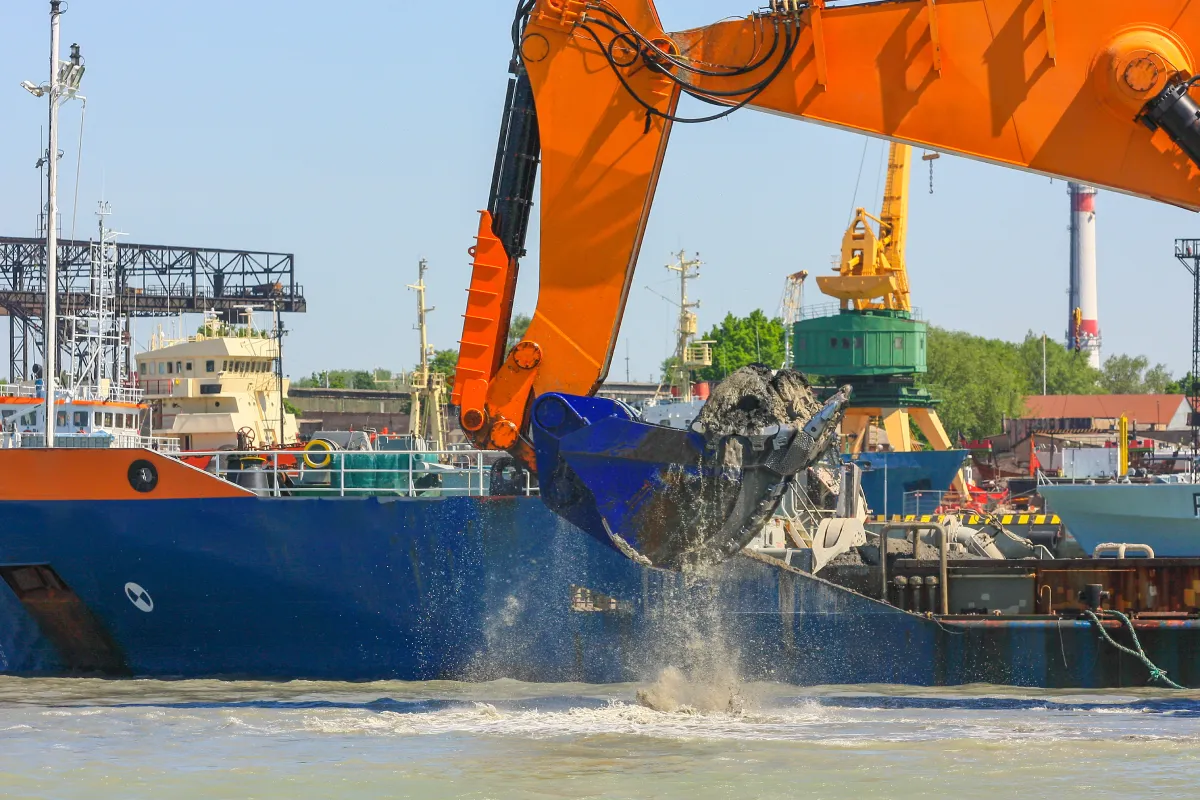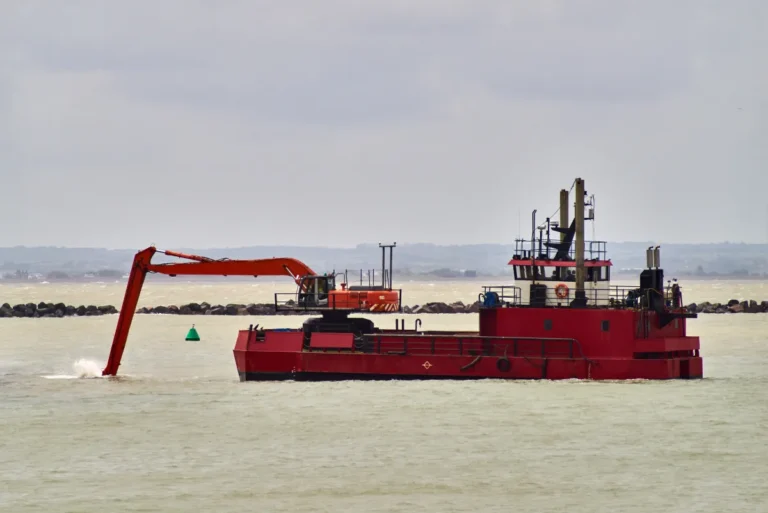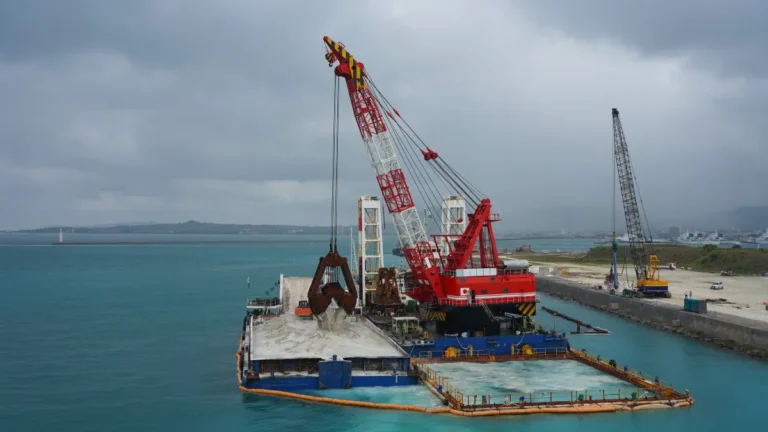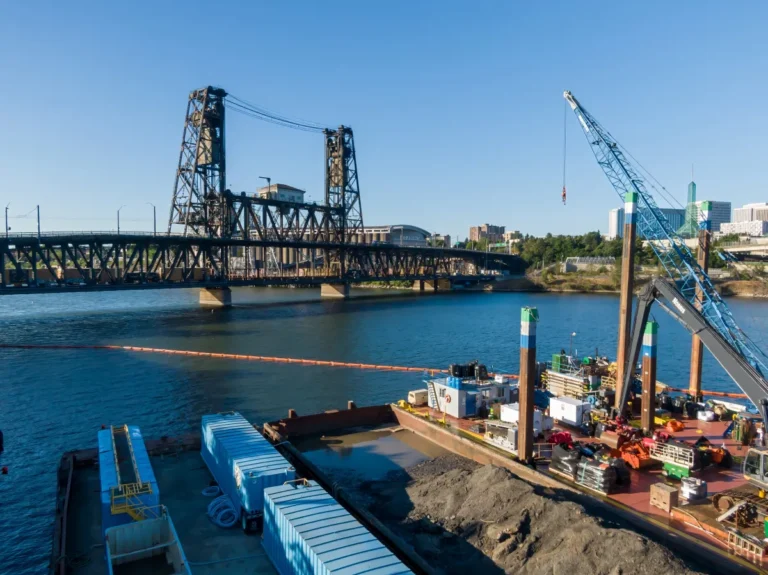Industrial lagoons play a critical role in wastewater treatment, mining operations, and manufacturing processes, but over time, sediment accumulation can compromise their capacity, efficiency, and regulatory compliance. The process of industrial lagoon sediment removal involves more than just dredging—it requires precise engineering, environmental awareness, and the right technology to handle viscous, chemically laden sludge without disrupting operations. From managing high-solids material to meeting strict discharge standards, lagoon dredging presents unique challenges that demand tailored solutions and specialized expertise to ensure both performance and sustainability.
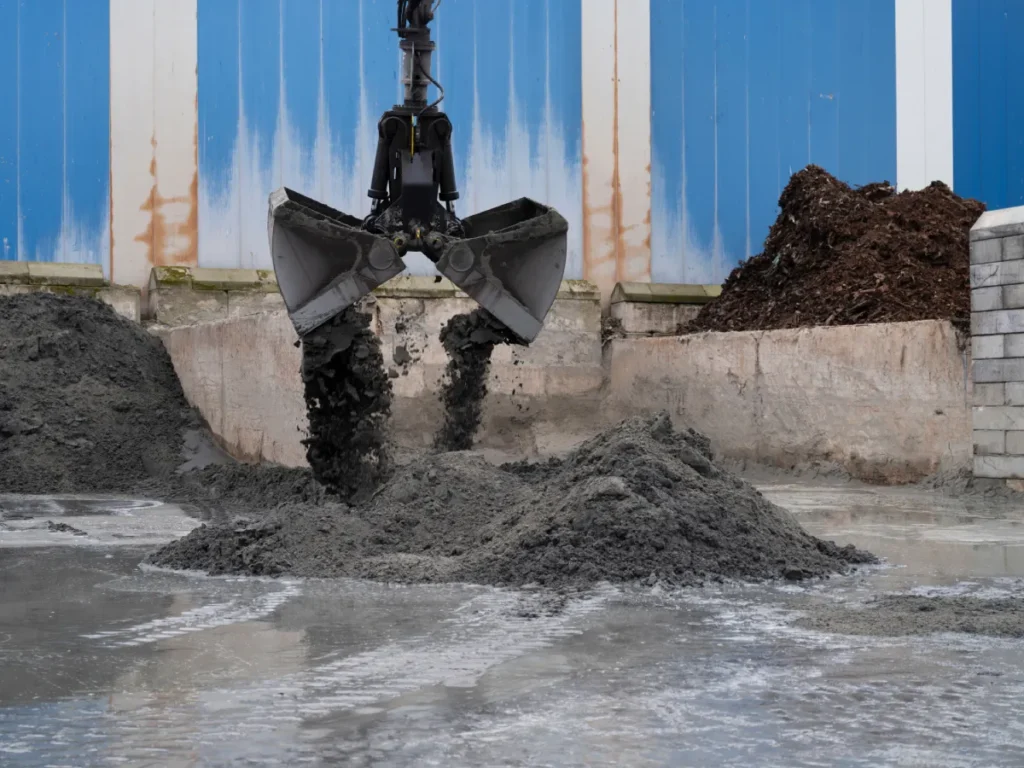
The Nature of the Problem: What Makes Lagoon Sediment So Difficult to Handle
Industrial lagoon sediment removal is rarely straightforward — the challenge begins with the very nature of the material itself. Sediments that accumulate in lagoons are a complex mix of high-viscosity sludge, abrasive solids, and chemical contaminants, each influencing how the removal process must be designed and executed. Over time, heavy solids settle unevenly across the lagoon floor, creating unpredictable bottom profiles that make conventional dredging equipment inefficient or even ineffective.
The density and texture of this sediment can vary drastically within a single lagoon — from soft organic layers to compact mineral deposits — demanding equipment that can adapt to both flow resistance and fluctuating suction loads. Factors such as inflow rate, pH levels, and organic load also influence the rate of sludge accumulation and its cohesiveness, which in turn complicates maintaining steady pumping and discharge during lagoon dredging.
Adding to the complexity are environmental and safety constraints inherent to confined lagoon systems. Operators must manage turbidity, avoid disturbing contaminated layers, and ensure compliance with discharge permits while maintaining safe working conditions for personnel and equipment. These combined variables make lagoon sediment removal a technical challenge that requires careful planning, real-time monitoring, and specialized dredging technology to execute effectively — setting the stage for why engineered solutions are essential in modern industrial lagoon sediment removal projects.
Key Challenges in Lagoon Sediment Removal
Despite its importance, industrial lagoon sediment removal presents a series of operational, environmental, and technical challenges that can easily disrupt project timelines if not carefully managed. Each lagoon has unique physical and chemical characteristics, meaning no two removal projects follow the same approach. Below are some of the most common obstacles engineers and operators face during lagoon dredging — and why specialized planning is essential to overcome them.
Limited Accessibility and Shallow Depths
Industrial lagoons are often designed with irregular shapes, narrow access points, and shallow water levels, making it difficult for conventional dredging or excavating equipment to operate efficiently. Floating debris and unstable embankments further restrict movement, increasing the risk of equipment grounding or downtime. These conditions demand the use of compact, remote-operated, or amphibious dredging systems that can perform effectively in confined, low-draft environments without damaging the lagoon’s lining or surrounding infrastructure.
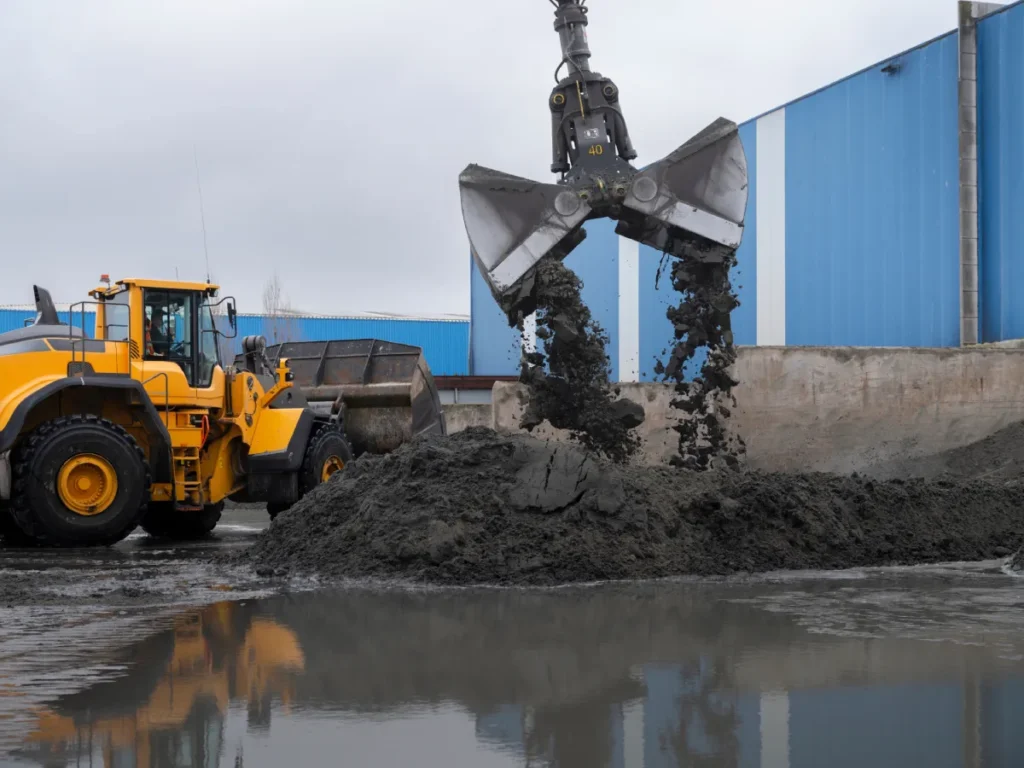
Maintaining Continuous Plant Operations
In most facilities, lagoons form an integral part of the wastewater or process flow system — meaning downtime is rarely an option. Shutting down operations to remove sediment can cause significant production losses and regulatory complications. To address this, industrial lagoon dredging often relies on phased removal strategies or temporary bypass systems that allow continuous plant operation. These engineered approaches enable sediment extraction while maintaining hydraulic flow and compliance with treatment requirements.
Handling High-Solids Sludge
High-solids, viscous sludge poses one of the greatest challenges in lagoon sediment removal. These dense materials resist fluid movement, causing frequent pump clogging, cavitation, and excessive wear on impellers and seals. Standard centrifugal pumps typically fail in such conditions, necessitating the use of high-torque, non-clog slurry pumps or positive displacement systems capable of handling abrasive, high-density mixtures. Proper pump selection directly impacts project efficiency, maintenance frequency, and overall production rates.
Environmental Compliance and Turbidity Control
Every dredging operation must balance production with environmental responsibility. During lagoon dredging, sediment resuspension can increase turbidity, releasing pollutants or heavy metals that threaten water quality. This is especially critical for lagoons containing hydrocarbons, industrial residues, or chemical byproducts. Operators must use precision dredging methods, silt curtains, and real-time turbidity monitoring to meet discharge permit requirements and avoid environmental violations.
Disposal and Dewatering Limitations
Once removed, lagoon sediments must be safely transported, dewatered, or reused — often under strict environmental regulations. Fine-grained industrial sludge can be difficult and costly to dewater, requiring large containment areas, geotextile tubes, or mechanical presses to separate solids from water. Disposal costs are further compounded when the sediment is classified as hazardous waste, limiting reuse options and increasing compliance burdens. Effective planning and integration of on-site dewatering systems can dramatically reduce these challenges.
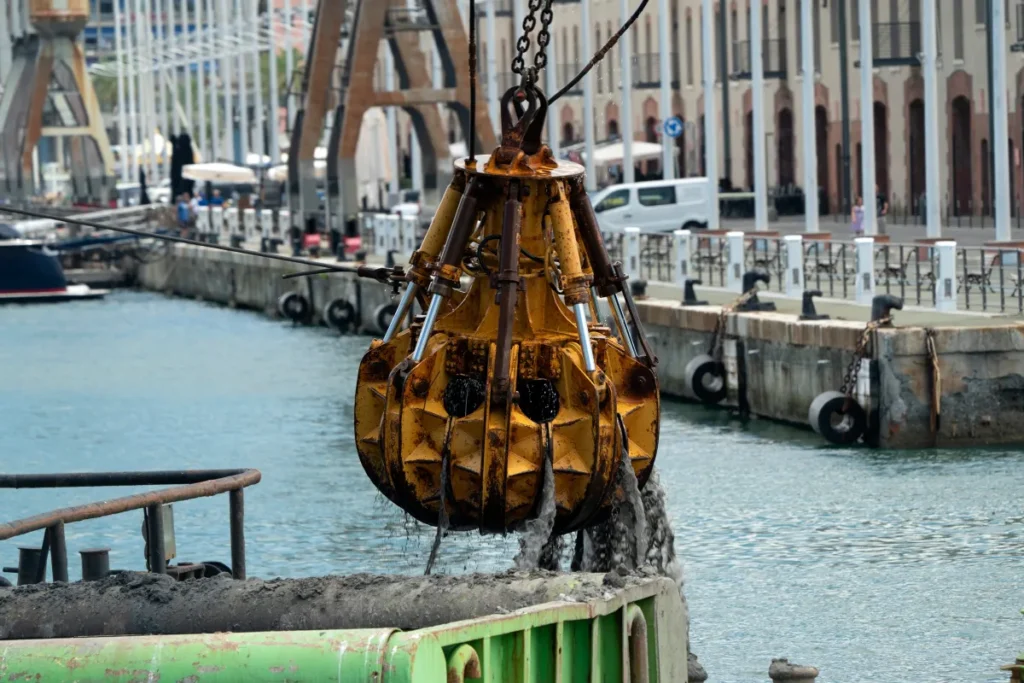
Overcoming the Challenges: Proven Strategies for Efficient Lagoon Dredging
To manage the complexities of industrial lagoon sediment removal, operators must combine advanced dredging technology with strategic process planning. From equipment selection to automation and maintenance, each step plays a vital role in improving efficiency, minimizing downtime, and ensuring compliance. Below are proven, field-tested strategies that make lagoon dredging safer, faster, and more sustainable.
Adopting Non-Disruptive Dredging Technologies
Traditional excavation often requires draining the lagoon, halting operations, and risking liner damage. In contrast, modern lagoon dredging equipment enables in-situ sediment removal while the lagoon remains in service. Remote-operated and amphibious dredges can access confined or shallow zones without disrupting plant processes. These non-disruptive systems maintain continuous sludge extraction, prevent resuspension, and allow for precision removal of targeted layers — significantly reducing operational interruptions and total project costs.
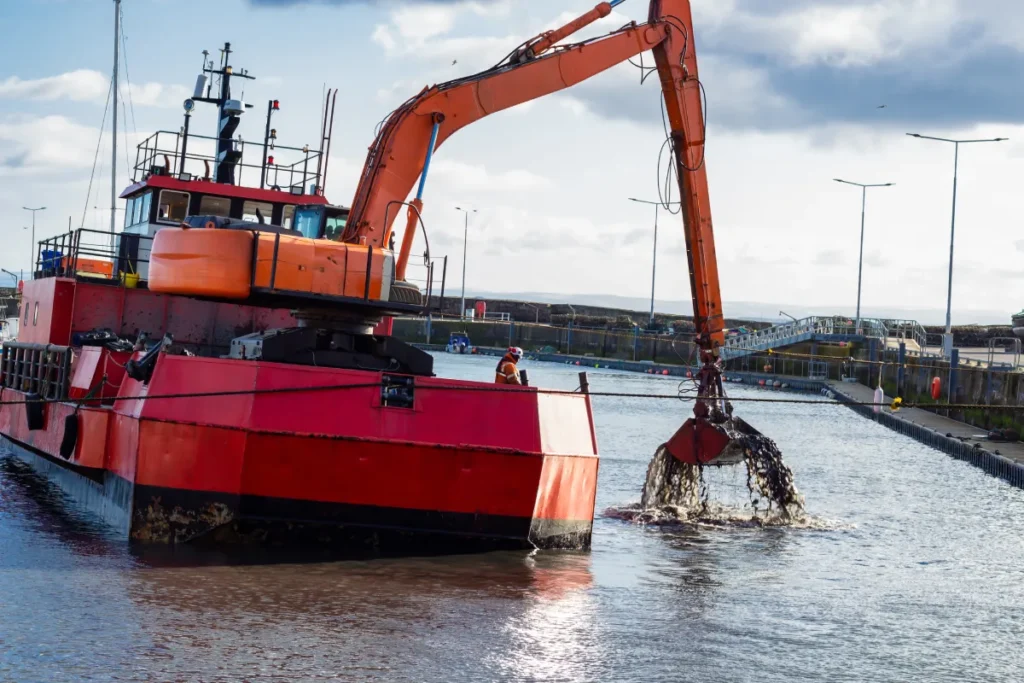
Optimizing Pump Selection for High-Solids Applications
Pump choice directly determines the success of industrial lagoon sediment removal. Matching pump design to sediment properties is essential — whether using recessed impellers to prevent clogging, open-rotor designs for handling viscous sludge, or purpose-built slurry pumps for abrasive materials. Low-NPSHr, non-clogging slurry pumps excel in confined lagoon environments, delivering consistent flow rates even under heavy solids loading. Selecting the right pump ensures reliable performance, reduced wear, and lower energy consumption throughout the dredging process.
Incorporating Real-Time Monitoring and Automation
Precision dredging depends on data-driven control. Integrating GPS-guided dredge tracking, sonar mapping, and density sensors allows operators to visualize sediment layers in real time and adjust cutting depth or suction parameters dynamically. Automated flow and production monitoring help maintain consistent slurry density, prevent overloading, and optimize pump efficiency. These automation tools not only enhance productivity but also improve compliance by minimizing turbidity and unintentional sediment disturbance during lagoon dredging operations.
Integrating Dewatering and Material Handling Systems
Efficient handling of dredged material is crucial once it leaves the lagoon. Combining industrial lagoon dredging with on-site dewatering systems — such as geotextile tubes, centrifuges, or filter presses — reduces transport volume and disposal costs. Closed-loop designs that return clarified water back to the lagoon further minimize discharge turbidity and environmental impact. By integrating dewatering with dredging operations, facilities can streamline sediment management while ensuring clean water recovery and regulatory compliance.
Emphasizing Preventive Maintenance and Lifecycle Planning
A proactive maintenance strategy is key to sustaining dredging efficiency. Establishing routine lagoon cleaning intervals prevents excessive buildup that can lead to emergency shutdowns or equipment damage. Predictive maintenance programs that utilize vibration and wear monitoring on pumps, pipelines, and dredging systems enable early identification of potential issues. Long-term lifecycle planning ensures operational readiness, maximizes equipment longevity, and reduces the overall cost of lagoon sediment removal over time.
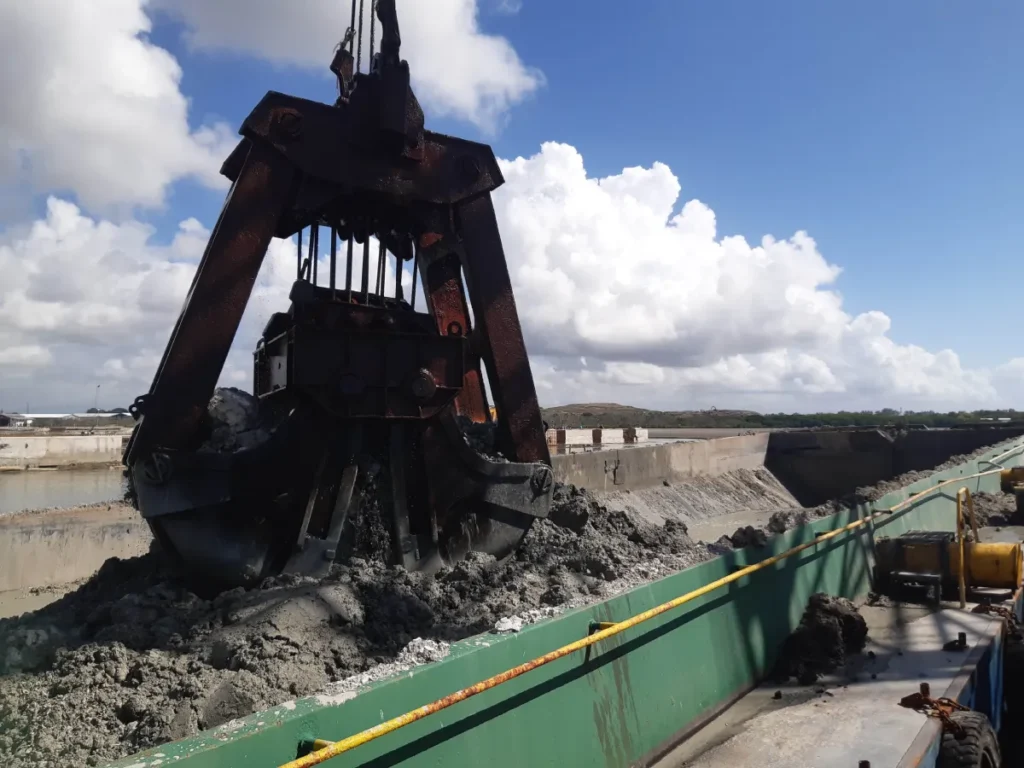
Environmental and Regulatory Alignment
Effective industrial lagoon sediment removal extends beyond engineering performance — it’s equally about maintaining full compliance with environmental and regulatory frameworks. Each lagoon dredging project operates under strict oversight from agencies such as the U.S. Environmental Protection Agency (EPA) and local environmental authorities, which enforce standards for discharge water quality, sediment handling, and waste disposal. Meeting these requirements is critical to preventing fines, protecting community health, and sustaining long-term operational permits.
Compliance begins with thorough documentation and sampling. Pre-dredging assessments establish baseline water and sediment quality data, while ongoing sampling during lagoon dredging verifies that turbidity levels, chemical concentrations, and discharge limits remain within permitted thresholds. Detailed recordkeeping and traceable chain-of-custody documentation ensure that every step — from removal to transport and final disposal — aligns with federal and regional environmental standards.
Beyond regulatory adherence, aligning industrial lagoon sediment removal practices with sustainability and ESG (Environmental, Social, and Governance) goals has become a growing industry priority. Facilities that integrate eco-conscious dredging techniques — such as closed-loop systems, water recycling, and sediment reuse — not only reduce environmental impact but also enhance their corporate accountability profile. When lagoon dredging operations are planned with both compliance and sustainability in mind, they become a foundation for long-term environmental stewardship and operational resilience.
Long-Term Benefits of Proactive Lagoon Dredging
A proactive approach to industrial lagoon sediment removal offers measurable, long-term advantages that extend far beyond immediate maintenance goals. When dredging is treated as a planned, recurring operation rather than a reactive fix, facilities gain significant improvements in capacity, cost efficiency, and operational reliability.
Regular lagoon dredging helps maintain optimal storage and treatment capacity by preventing sediment buildup that restricts flow and reduces retention time. A cleaner lagoon operates more efficiently, improving aeration, settling, and biological treatment performance — all of which contribute to better effluent quality and regulatory compliance. This consistent performance also reduces the frequency of system overloads and emergency shutdowns, improving overall process safety.
From a financial standpoint, proactive lagoon sediment removal lowers long-term operating expenses by extending the service life of pumps, pipelines, and treatment infrastructure. Removing abrasive or corrosive sediments before they cause wear reduces unplanned repairs and downtime. The return on investment becomes evident through reduced energy use, fewer maintenance interventions, and improved throughput efficiency.
In short, consistent and well-planned lagoon dredging transforms what is often viewed as a cost center into a performance-driven asset management strategy — safeguarding both environmental integrity and the facility’s bottom line for years to come.
Building a Smarter Approach to Industrial Lagoon Maintenance
Efficient industrial lagoon dredging is not just about restoring capacity—it’s about building long-term operational resilience. By integrating advanced dredging systems, automated monitoring, and proactive maintenance, industries can significantly reduce downtime, extend equipment life, and maintain compliance with environmental standards. At CA Dredge Pros, we specialize in engineered sediment removal solutions designed for complex industrial environments. Whether you’re facing high-solids sludge, limited access, or strict permitting requirements, we bring the expertise and equipment to help you achieve safe, efficient, and sustainable lagoon restoration. Connect with us today to learn how we can support your next dredging project.


